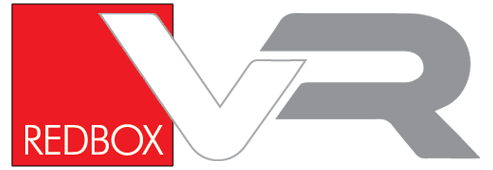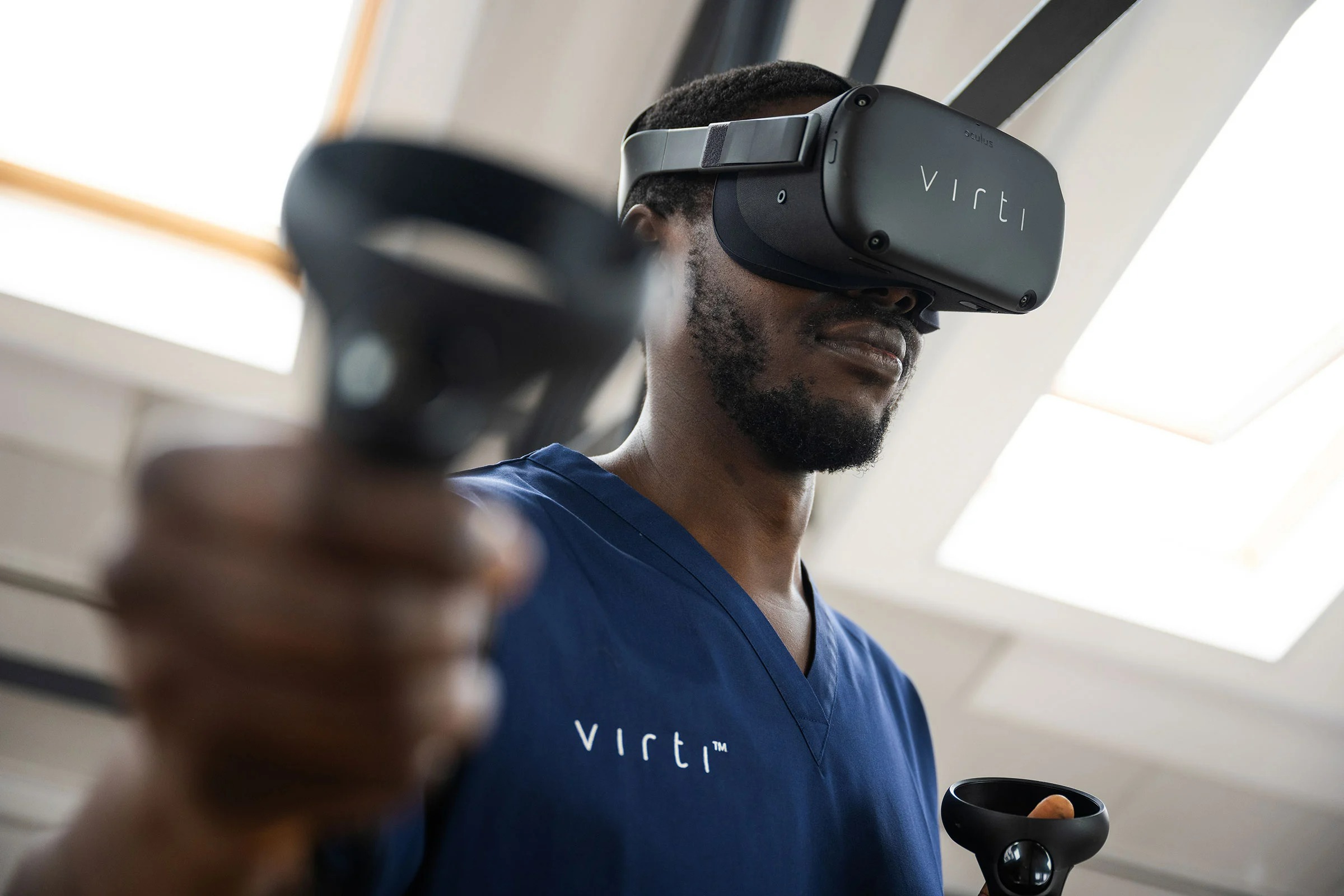The Virtual Reality industry is one that has been constantly evolving since it was practically brought back from the dead in 2012 when a pre-Facebook Oculus was founded and proceeded to create the revolutionary Oculus Rift.
Since then, big tech companies from all over the world have been developing HMDs to try to take the crown as the definitive VR headset manufacturer, with Pico, HTC, Sony and Valve leading the charge. Apple have also been heavily rumored to be developing their own headset which is likely to push the boundaries of the medium once again.
But what can VR be used for? We’re glad you asked. VR is shaping the future of online education with the rise of educational software which opens the door to a new, more immersive style of learning than ever before.
Students can shrink down to the size of an atom to learn about elements of the periodic table with MEL Science. They can take virtual field trips around the globe to learn about geography and history with ExpeditionsPro. They can practice interview techniques with applications such as Bodyswaps. They can even practice mindfulness and meditation with SolasVR. As Virtual Reality hardware advances and new software continues to be developed, the possibilities for VR’s role in education only expands.
Virtual Reality is also in use in the healthcare sector. Doctors and surgeons have been taking advantage of software such as Virti which assists in the training of healthcare professionals. This form of training is both more convenient for the user and far more cost-effective than older methods of practice. VR is successfully paving the way for a more immersive, seamless training experience for healthcare professionals.
Not only this, VR is making its presence felt in the world of sports and entertainment. A range of applications designed for personal use have taken the industry by storm, allowing individuals with a Virtual Reality device at home to have fun whilst simultaneously improving their fitness. Applications such as SportsBarVR and First Person Tennis transport users into a simulation of a sports bar and tennis court respectively. Users can then play sports such as pool and tennis, getting the heart pumping without having to spend money on a sports membership of any kind.
For business, VR has proved itself to be a game changer. Businesses across the globe are realising the benefits of implementing the technology into the workplace and have become one of our key customer bases here at RedboxVR. Software such as Next World and Imersifi is used to improve the safety of the workforce using immersive learning experiences.
These experiences can cut costs whilst improving learner retention. For example, which do you think is cheaper; undertaking fire extinguisher safety training in person or in VR? Exactly, the answer is obvious. In VR, no real fire extinguishers need to be fired, nothing needs to be set alight and the simulation can be repeated as many times as the user desires. Software developments are taking place every day to offer businesses a cheaper alternative to in-person staff training. Aside from fire extinguisher training, Next World and Imersifi offer training in VR for lithography, manual handling, hazard identification, office hazards and more.
Virtual reality technology is becoming ubiquitous and a lot of industries are incorporating it into their practices. To take advantage of immersive technologies and implement VR into your institution/workplace, get in touch today.



